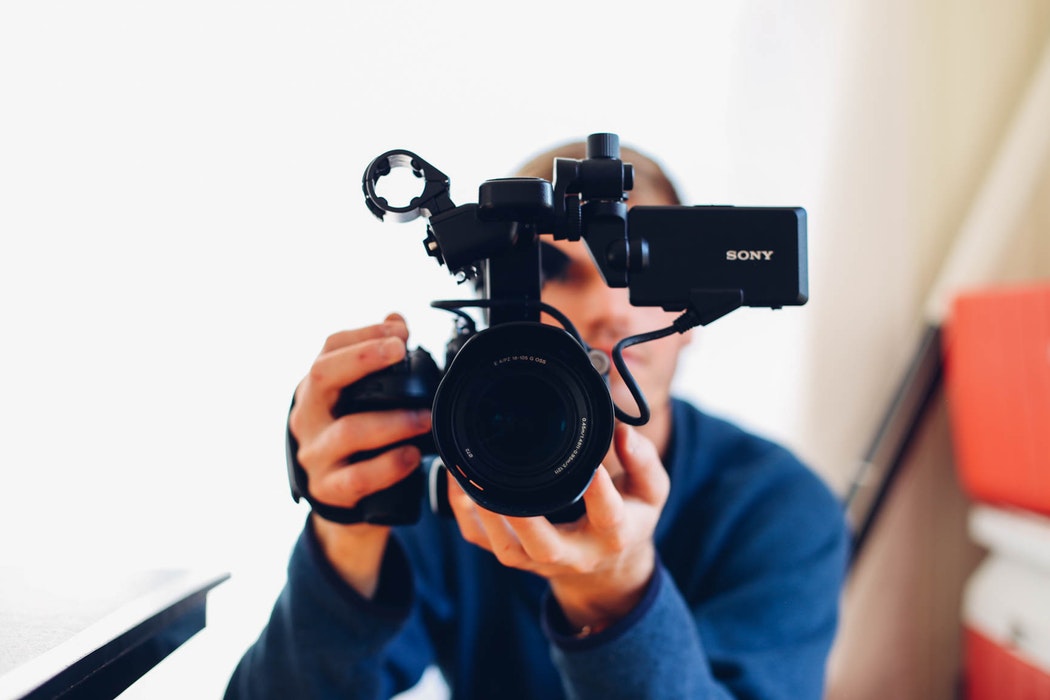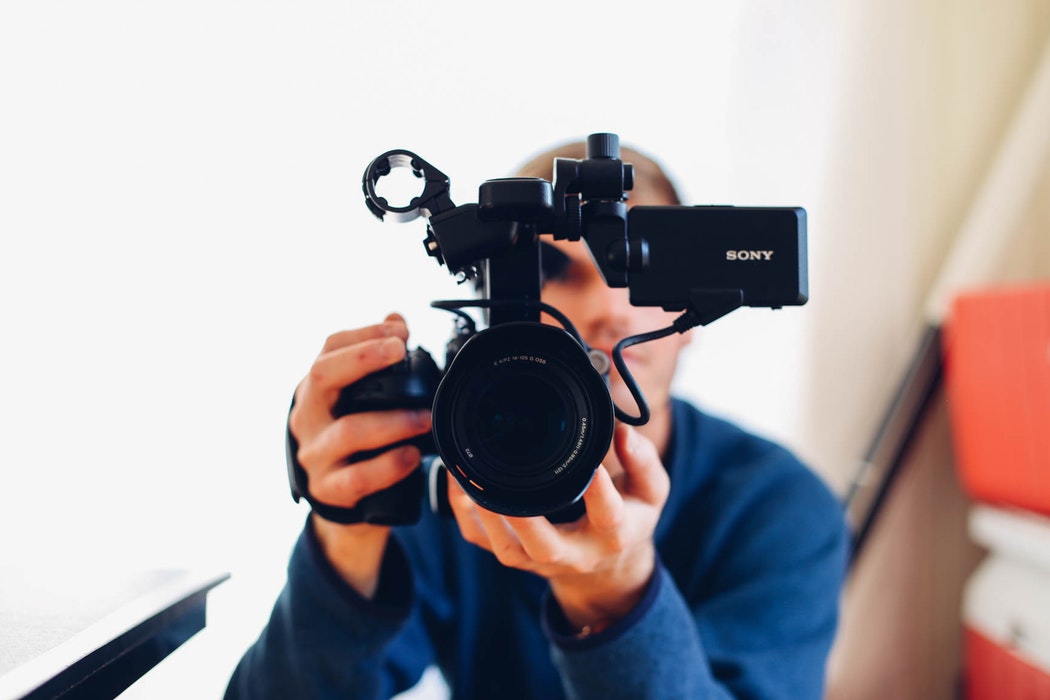How to Get a Demo Reel for Acting?
Here’s a step-by-step guide on how to get a demo reel for acting
(By Javier Guerra)

A demo reel is one of the most important tools an actor can have. It’s a short video compilation that showcases your acting abilities, giving casting directors, agents, and producers a quick way to see your range, personality, and talent. Whether you’re just starting out or you’ve been in the business for a while, having a high-quality demo reel is essential for landing auditions and getting noticed. Here’s a step-by-step guide on how to get a demo reel for acting.
Understand the Purpose of a Demo Reel
Before diving into creating a demo reel, it’s important to understand its purpose. A demo reel is meant to give casting directors a snapshot of your acting ability and versatility. It typically includes a series of clips from your best work, showcasing different emotions, characters, and genres.
RELATED: 5 General Rules for Demo Reels
The reel should be concise, generally between 1 to 2 minutes long, and should leave the viewer wanting more. It’s not about quantity but quality—only your strongest, most polished work should be included.
Gather Existing Footage
 (Photo: Le Minh | Pexels)
(Photo: Le Minh | Pexels)
If you’ve already done some acting work—whether in student films, short films, commercials, web series, or even theater productions—your first step is to gather any footage you have. This might include clips from independent projects, YouTube videos, or even local TV appearances.
When gathering footage:
*Look for high-quality clips that are well-lit, well-shot, and showcase your acting range.
*Choose scenes where you are the focal point. Casting directors want to see you, not just a background character.
*If possible, avoid scenes that feature excessive special effects, loud music, or busy visuals that might distract from your performance.
Tip: If you don’t have access to certain footage (for example, from a student film), reach out to the filmmaker and request a copy. Many are willing to share their work with actors for demo reel purposes.
Create Your Own Footage
 (Photo: Karolina Grabowska | Pexels)
(Photo: Karolina Grabowska | Pexels)
If you don’t have much professional footage, or if you’re just starting out, you may need to create your own scenes specifically for your demo reel. You can do this by:
Filming scenes with friends or fellow actors: Gather a small team and shoot a few high-quality scenes. Choose scripts that highlight your strengths and show off your range as an actor.
Hiring a production company: There are companies that specialize in filming custom demo reel scenes for actors. They’ll provide the script, direction, and professional production to ensure the footage looks polished and cinematic. While this option can be expensive, the investment may be worth it if you don’t have access to existing professional footage.
Tip: When creating custom footage, make sure the scenes are believable and realistic. Avoid over-the-top monologues or overly dramatic material that doesn’t feel natural.
Choose Your Best Clips
 (Photo: Jodie Cook | Unsplash)
(Photo: Jodie Cook | Unsplash)
Once you’ve gathered or created your footage, it’s time to choose the best clips for your reel. Here are some tips to keep in mind:
Show range: Choose clips that show your ability to portray different emotions and characters. For example, include one clip that showcases your comedic skills, another that shows dramatic range, and perhaps a third that highlights your ability to handle action or emotional depth.
Keep it short and engaging: Casting directors don’t have time to watch long reels. Your reel should be 1 to 2 minutes long. Start with your strongest clip to grab attention immediately.
Focus on clarity: Make sure your scenes are well-edited and that your voice and expressions come through clearly. The footage should make you look professional and polished.
Edit Your Demo Reel
 (Photo: Fauxels | Pexels)
(Photo: Fauxels | Pexels)
Editing your demo reel is a crucial step. If you have editing skills, you can do this yourself using software like Adobe Premiere, Final Cut Pro, or even free programs like iMovie. If not, consider hiring a professional editor who can put together a seamless, polished reel.
During editing:
Lead with your best work: Start with your strongest, most attention-grabbing clip. This will set the tone and keep casting directors engaged from the start.
Keep the focus on you: Make sure your face and voice are clearly featured in every clip. Avoid long shots where you’re not the primary focus or scenes with heavy dialogue from other actors.
Keep transitions smooth: Use simple transitions between clips. Avoid distracting effects or overly complicated edits. The focus should remain on your performance, not on fancy editing techniques.
Include your contact information: At the end of your reel, add a title card with your name, contact details, and possibly your agent’s information. Make it easy for casting directors to reach out to you.
Get Feedback
 (Photo: Anna Shvets | Pexels)
(Photo: Anna Shvets | Pexels)
Before finalizing your reel, get feedback from others in the industry. Share it with fellow actors, your acting coach, or anyone with experience in the business. They may catch things you didn’t notice and provide valuable insights on what works and what doesn’t.
Tip: Be open to constructive criticism. The goal is to create a reel that shows you in the best possible light, so listen to feedback and be willing to make adjustments if necessary.
Keep Your Reel Updated
Once your demo reel is complete, don’t let it sit for too long without revisiting it. As you get more acting work and develop your skills, continue updating your reel with new material. Always aim to showcase your most recent and relevant performances.
You should also tailor your reel to different roles if needed. For example, if you’re auditioning for a dramatic role, create a version of your reel that highlights your dramatic scenes. For a comedic role, emphasize your comedy clips. Having multiple versions of your reel can give you an edge in the audition process.
Distribute Your Demo Reel
Once your reel is polished and ready, it’s time to get it out there:
Upload to YouTube or Vimeo: Create a professional profile on video-sharing platforms where you can easily share your reel with casting directors and agents.
Add it to casting sites: If you’re on casting platforms like Actors Access, Backstage, or Casting Networks, upload your reel to your profile. Casting directors regularly check these sites and prefer actors with reels attached.
Share on social media: Promote your reel on your social media profiles, especially LinkedIn, Instagram, and Twitter, where industry professionals are active. Include a link to your reel in your bio or pinned posts.
Send it to agents and casting directors: If you’re seeking representation or auditioning for roles, include your reel when you submit your headshot and resume. A strong reel can set you apart from the competition and open doors.




